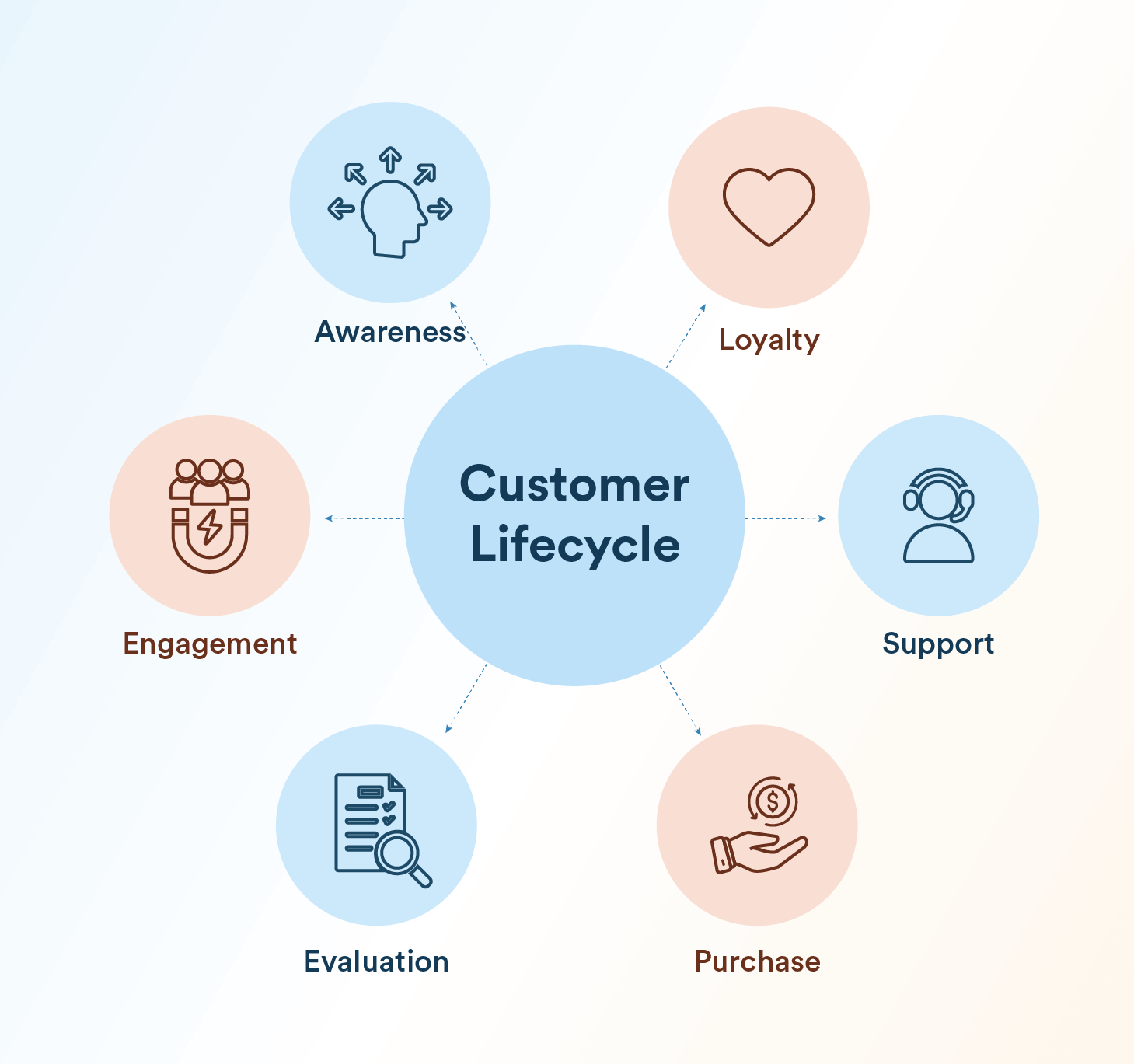BFN Lab: Insights and Innovations
Explore the latest trends and insights in technology, science, and innovation at BFN Lab.
Crafting Loyalty: The Unexpected Journey of Player Lifecycle Marketing
Unlock the secrets of player lifecycle marketing and discover how to turn casual gamers into loyal fans on a captivating journey!
Understanding Player Lifecycle Marketing: Strategies for Building Lasting Loyalty
Understanding Player Lifecycle Marketing is crucial for any gaming business aiming to build a loyal user base. This marketing strategy focuses on engaging players at various stages of their journey, from acquisition and activation to retention and re-engagement. By implementing a data-driven approach, companies can identify player behaviors and preferences, allowing them to tailor their messaging and offerings effectively. For instance, using personalized emails and in-game messages can significantly enhance player experience, ensuring that players feel valued and understood.
To achieve long-lasting loyalty, consider employing the following strategies for Player Lifecycle Marketing:
- Segment your audience: Divide players into distinct groups based on their preferences, spending habits, and engagement levels to deliver personalized content.
- Utilize data analytics: Track player behavior to understand what keeps them engaged and what may drive them away.
- Implement retention campaigns: Regularly engage players with reward systems, special promotions, or exclusive in-game content to keep them returning.

Counter-Strike is a popular first-person shooter game where players can assume the roles of terrorists or counter-terrorists. The game requires teamwork and strategy to complete objectives, such as planting or defusing bombs. If you're interested in betting on esports, you can find great offers with the betpanda promo code to enhance your gaming experience.
The Evolution of Player Engagement: Key Milestones in Lifecycle Marketing
Player engagement has transformed significantly over the years, driven by advancements in technology and a deeper understanding of user behavior. In the early stages of gaming, player engagement was largely limited to basic interactions during gameplay. However, with the advent of lifecycle marketing, companies began to recognize the importance of ongoing communication with players. Key milestones include the introduction of personalized marketing strategies, beginning with segmented email campaigns in the early 2000s, that allowed developers to tailor their messages based on player behavior. This evolution laid the foundation for more sophisticated methods, such as automated messaging systems and real-time interactions, which have become critical in maintaining player interest and loyalty.
As we progressed into the 2010s, the rise of mobile gaming and social media further revolutionized player engagement. Developers capitalized on platforms like Facebook and Instagram to create interactive communities, encouraging players to share their experiences and participate in group challenges. The introduction of game mechanics such as rewards for social sharing and the use of analytics tools enabled companies to refine their strategies and optimize user journeys. Today, matters pertaining to player engagement are multifaceted, incorporating advanced data analytics, AI-driven personalization, and cross-channel marketing approaches that continue to evolve, ensuring that each player feels valued throughout their entire gaming lifecycle.
How to Identify and Nurture Players at Every Stage of Their Journey
Identifying and nurturing players at every stage of their journey is crucial for fostering a vibrant community and enhancing player retention. To begin, understanding the player journey involves recognizing the different stages that each player goes through, from awareness and onboarding to engagement and loyalty. Utilize analytics tools to track player behavior and gather insights into their needs and preferences. For example, new players may require comprehensive tutorials to navigate the game effectively, while experienced players might seek advanced strategies or exclusive content.
Once you have identified the stages, it’s essential to nurture players appropriately at each point in their journey.
- Awareness: Use targeted marketing campaigns to attract potential players by highlighting unique features of your game.
- Onboarding: Offer personalized onboarding experiences that cater to the interests of new players.
- Engagement: Create ongoing content updates, events, and challenges that keep players motivated and invested.
- Loyalty: Reward long-term players with exclusive rewards or recognition through leaderboards or community events.